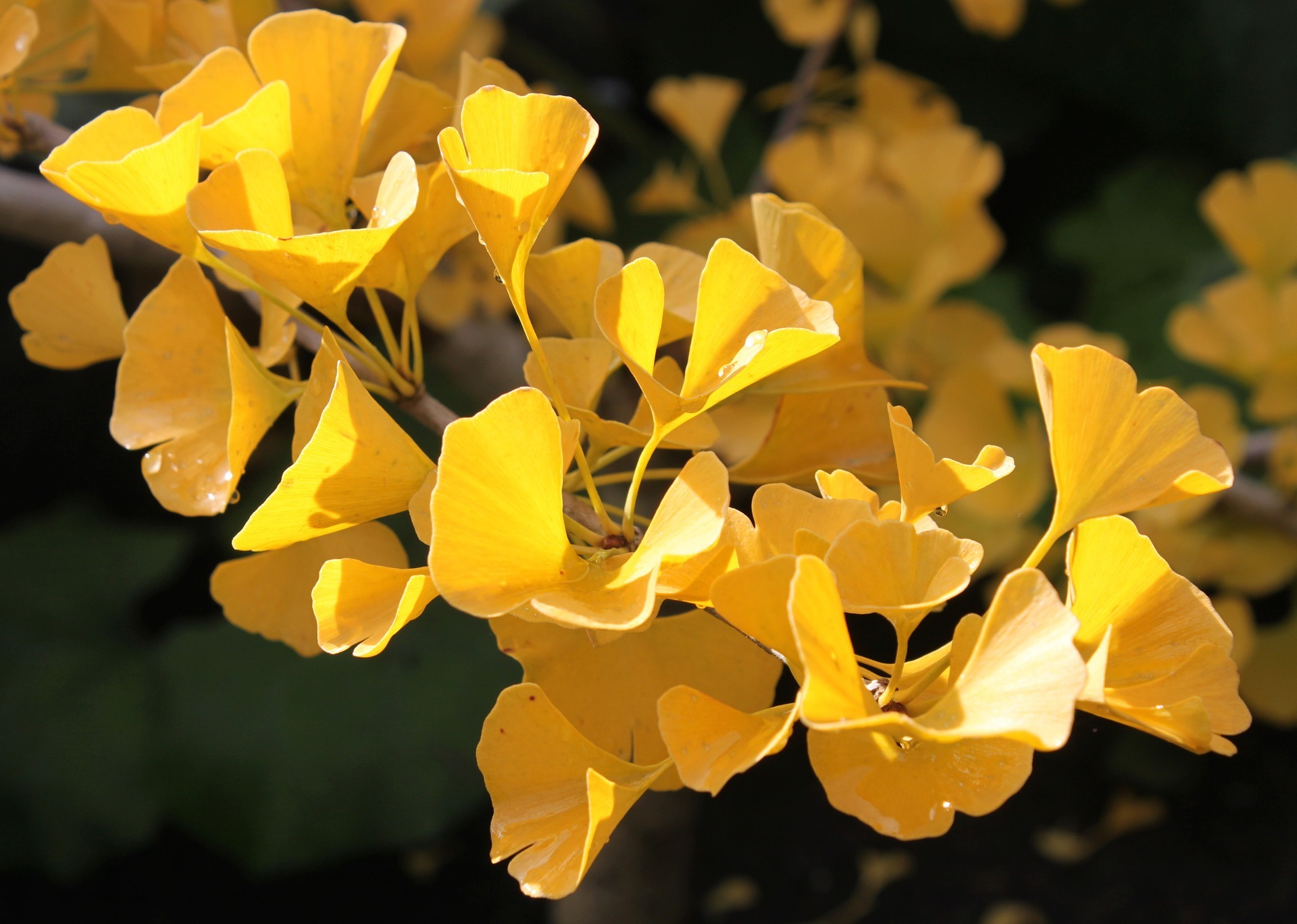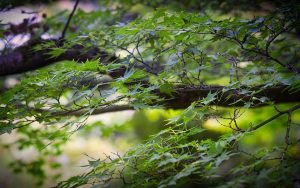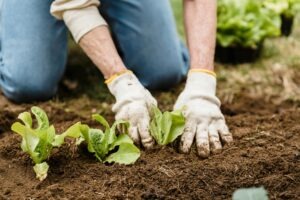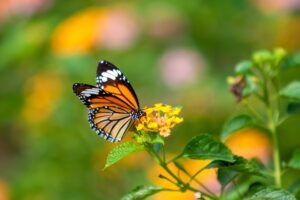Every autumn, guests to the Japanese Garden frequently stop and marvel at a magnificent tree located just inside the east entrance. In the fall, the leaves turn bright lemon yellow. The color is so brilliant the leaves almost appear fluorescent, as if a bundle of yellow highlighters had taken root and sprouted.

This is one of the Garden’s Ginkgo biloba trees, and it holds a remarkable story. “If you are looking for a tree to add to your landscape, consider the gingko. It is not only a reliable performer and beautiful tree but also a unique horticultural specimen,” says Sr. Horticulturist Steve Huddleston.
The first trees in the genus Ginkgo appeared about 170 million years ago, and at one time the trees were found all around the globe. Dinosaurs once roamed through ginkgo forests. Over time, new types of trees evolved—the ancestors of today’s oaks and maples—and began elbowing out the ginkgo. The tree survived the mass extinction that killed the dinosaurs, but by the time the last ice age ended about 11,000 years ago, only one species of ginkgo remained in isolated locations in China. Ginkgo trees are sometimes described as “living fossils” because the plants have remained essentially unchanged since earlier geologic times and their closest relatives are extinct.
The tree was saved from extinction by human beings, who thought the seeds of the tree were tasty. They began cultivating the tree and using its seeds, leaves and bark in traditional medicines. In the seventeenth century, a German naturalist brought the ginkgo tree to Europe; from there, it was brought to North America. Today it is one of the most common trees on the East Coast.
The tree also thrives in Texas, and locals should keep it in mind when looking for an addition to their yard. Ginkgos can reach 80 to 100 feet tall, with an oval to upright spreading growth habit at maturity. They’re usually slow to moderate growers.
“The most striking characteristic of the tree is its two- to four-inch-wide, fan-shaped leaves on stalks up to three inches long. This shape and the elongated stalks cause the foliage to flutter in the slightest breeze,” says Huddleston. “Leaves are medium green, and fall color among many cultivars is a brilliant, buttery-yellow.”
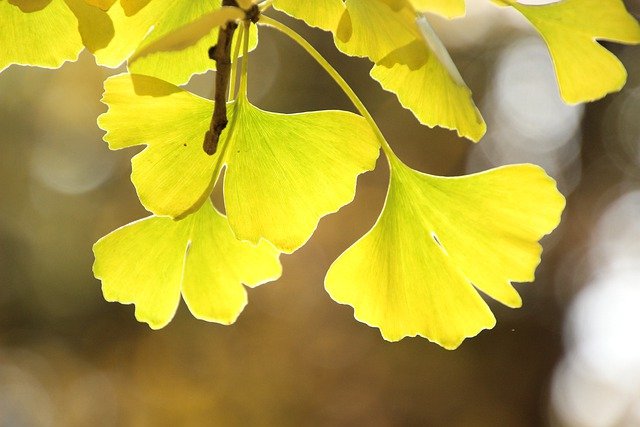
Some gardeners are hesitant to plant ginkgos because they have heard they smell. Ginkgos are dioecious, which means some trees are males and some females. Female ginkgos produce fruits with a scent that some people describe as that of “rancid butter” and others as much worse. Homeowners can avoid the stink factor by planting male trees. Fortunately, male trees are easy to obtain. All modern cultivars available from nurseries are male trees grafted onto seedling rootstock.
Ginkgos prefer full sun and deep, moist, sandy soils, but they will adapt to a wide range of soils and conditions. The tree is virtually free of disease and insect problems.
“November is a great time to plant trees in our climate. They have a chance to get established before the heat of the summer,” says Huddleston. “If you are planning to add a tree, give some thought to ginkgo. You’ll have a beautiful tree with an amazing story.”

